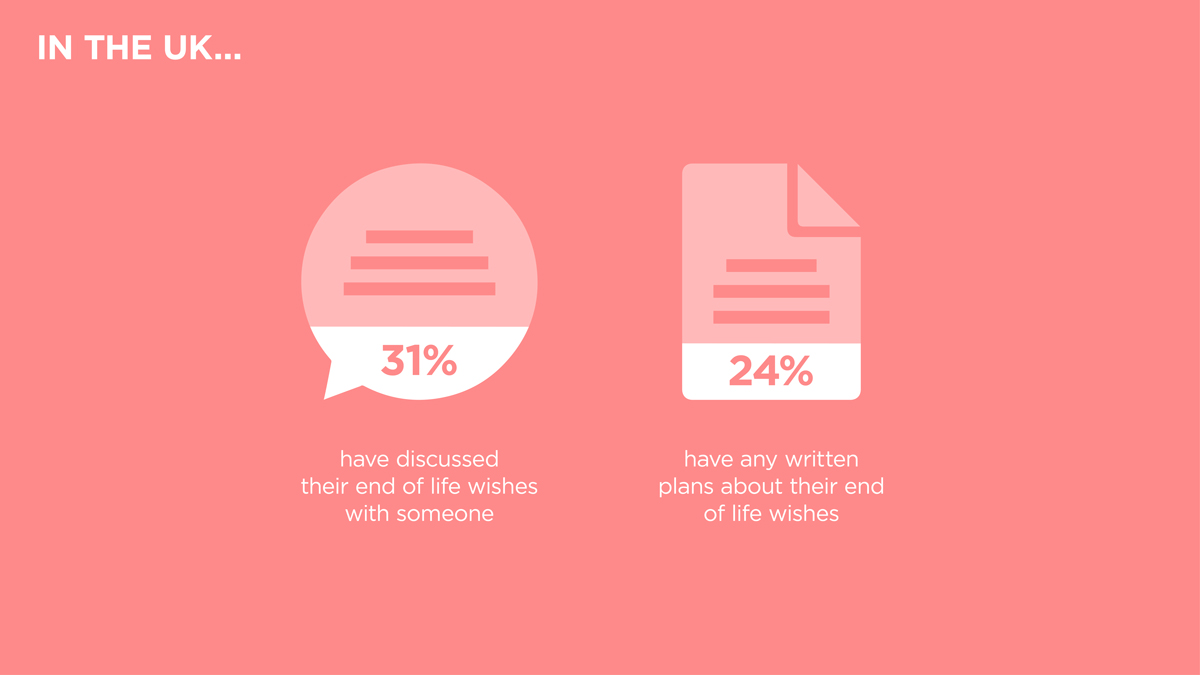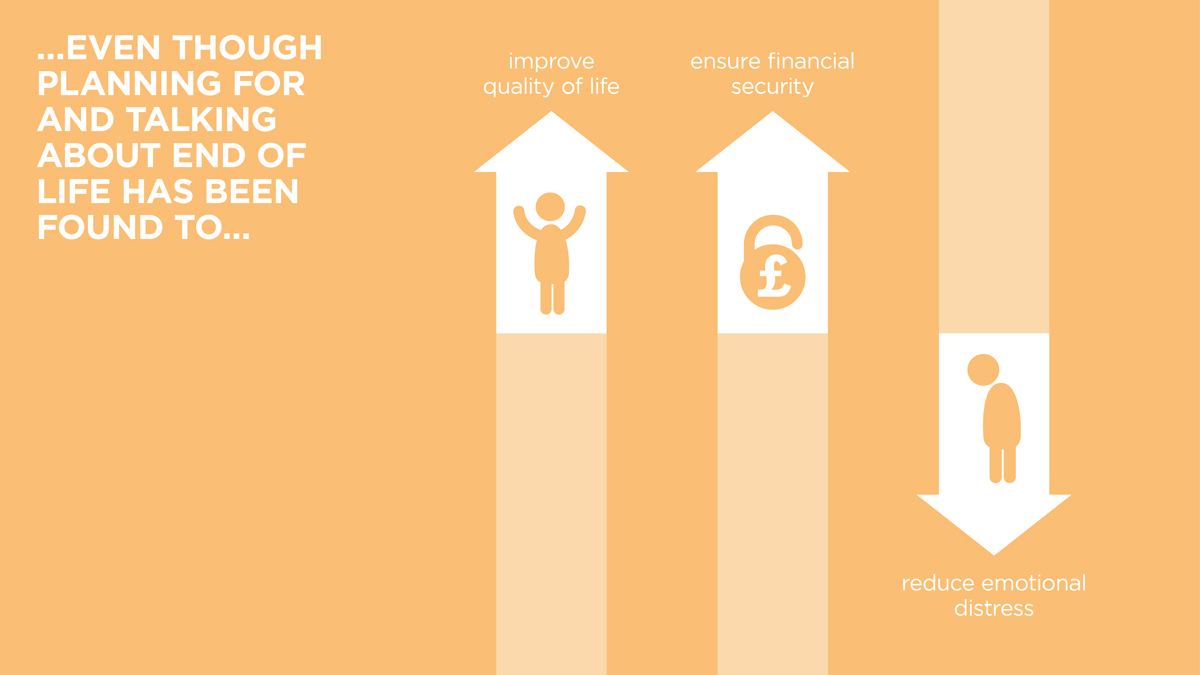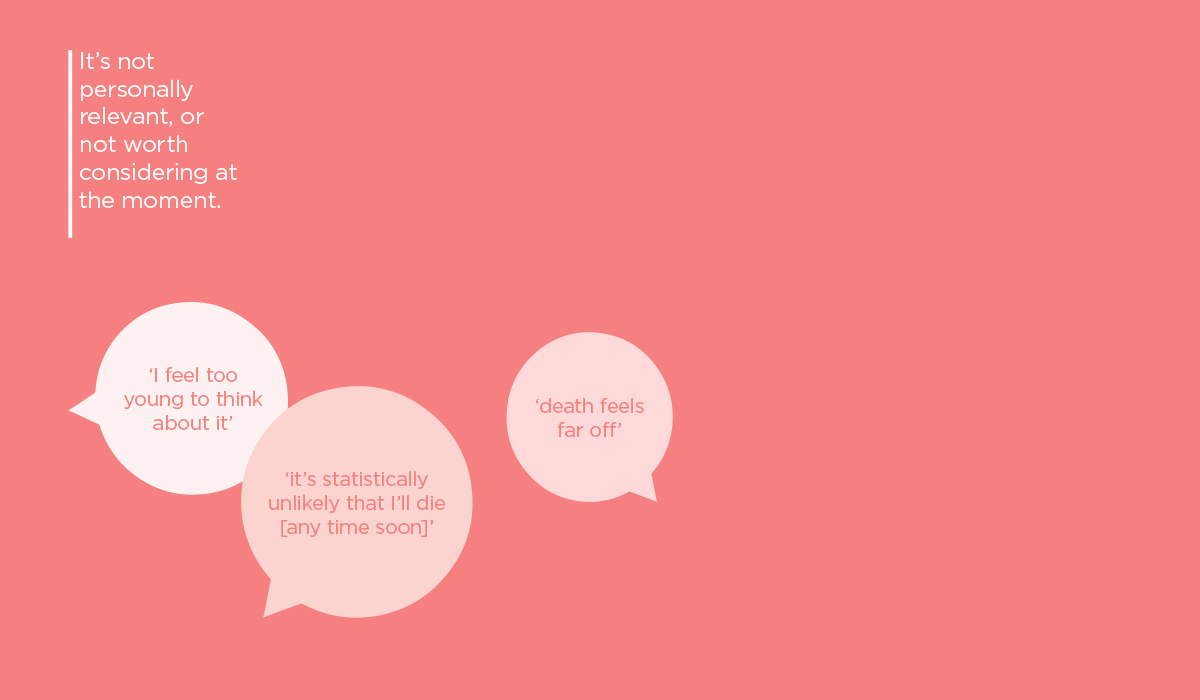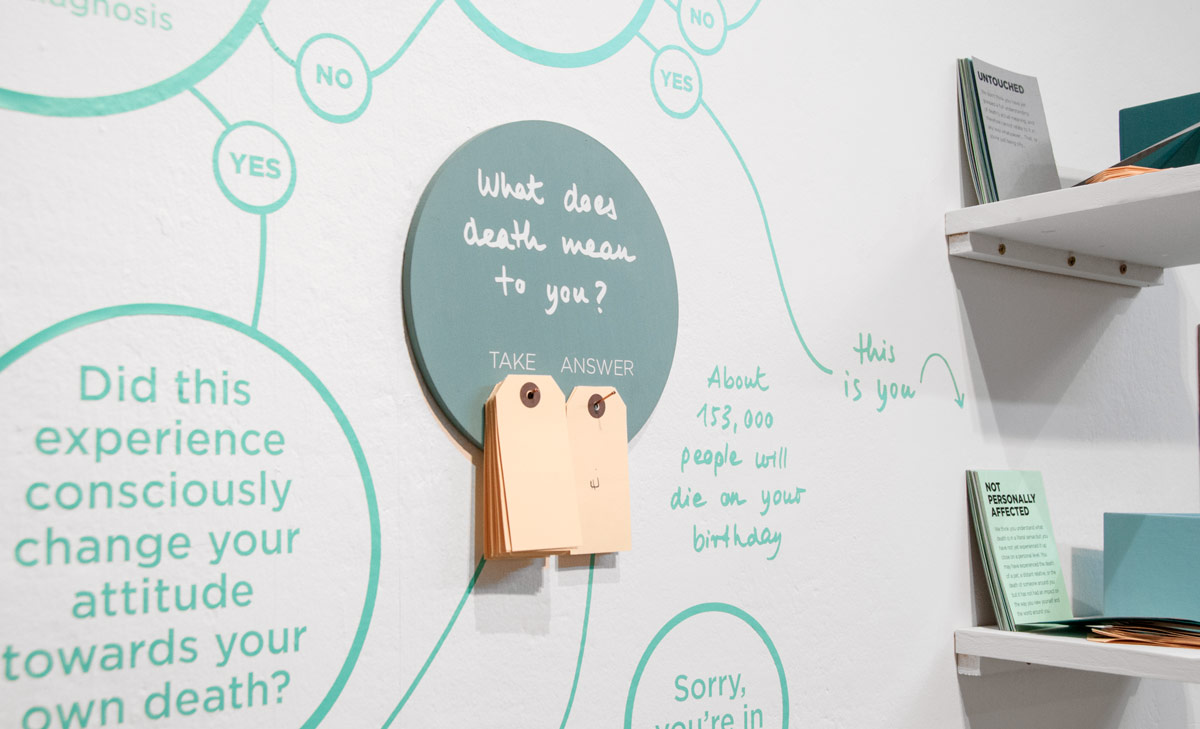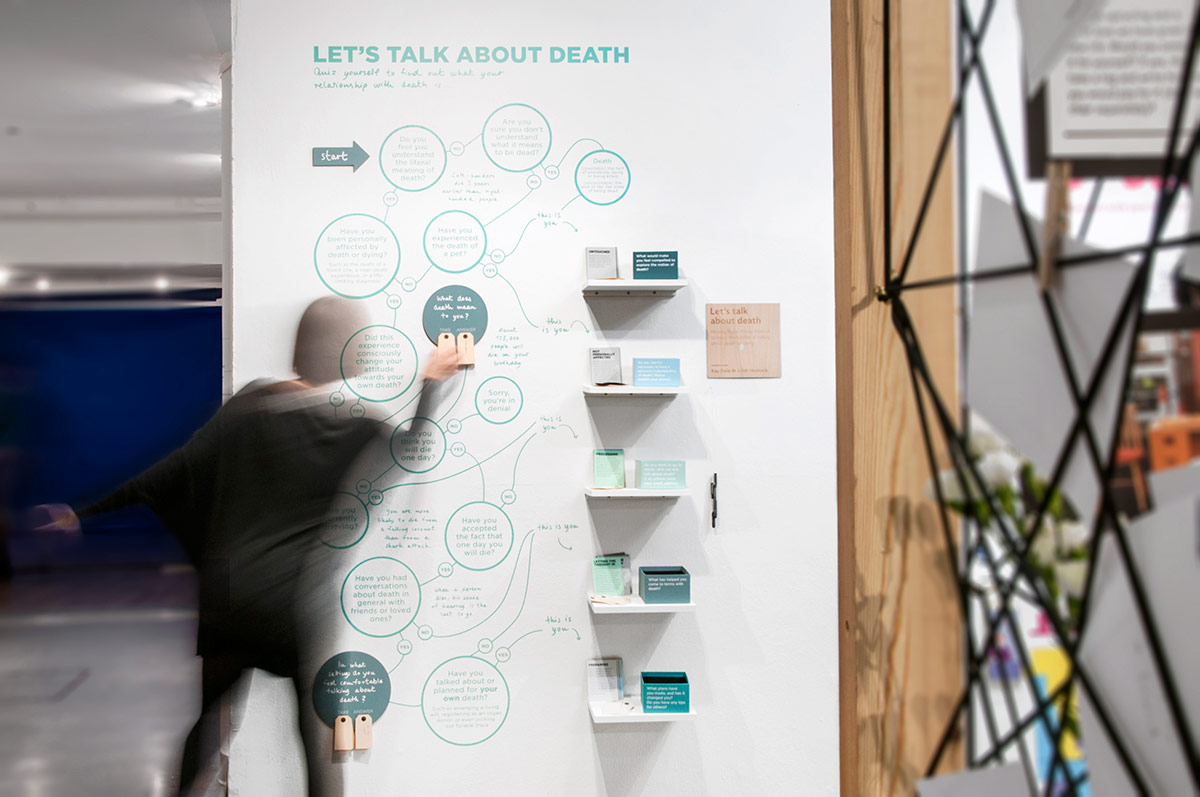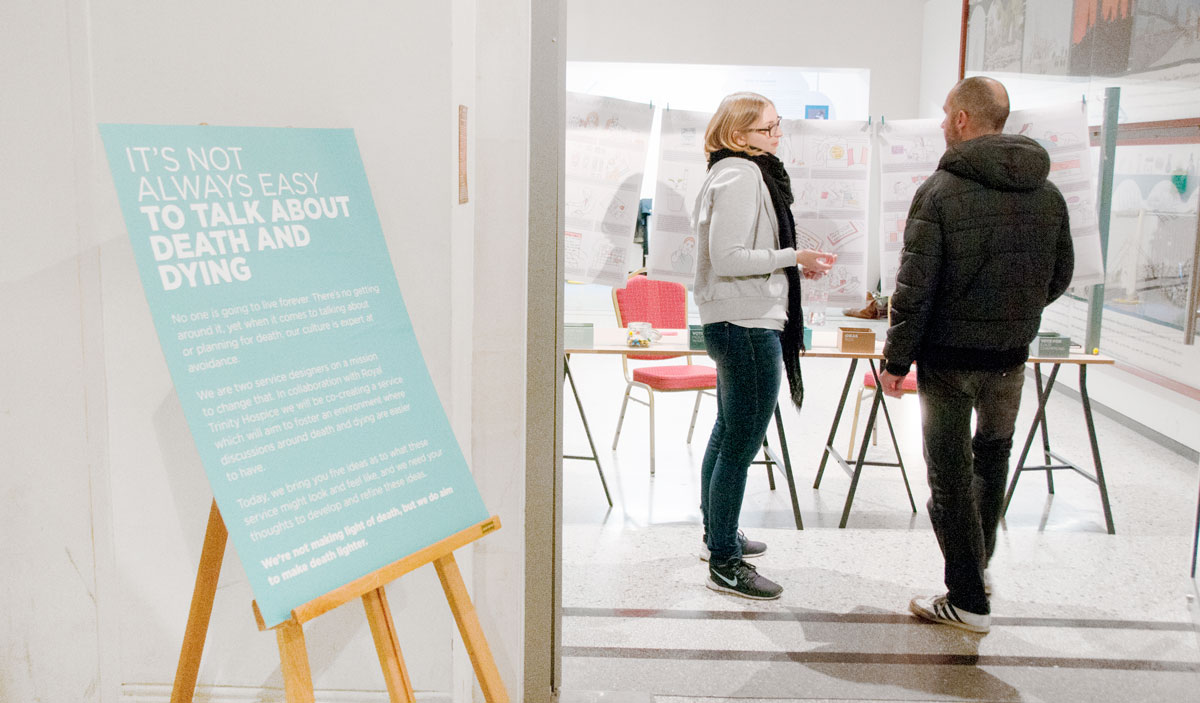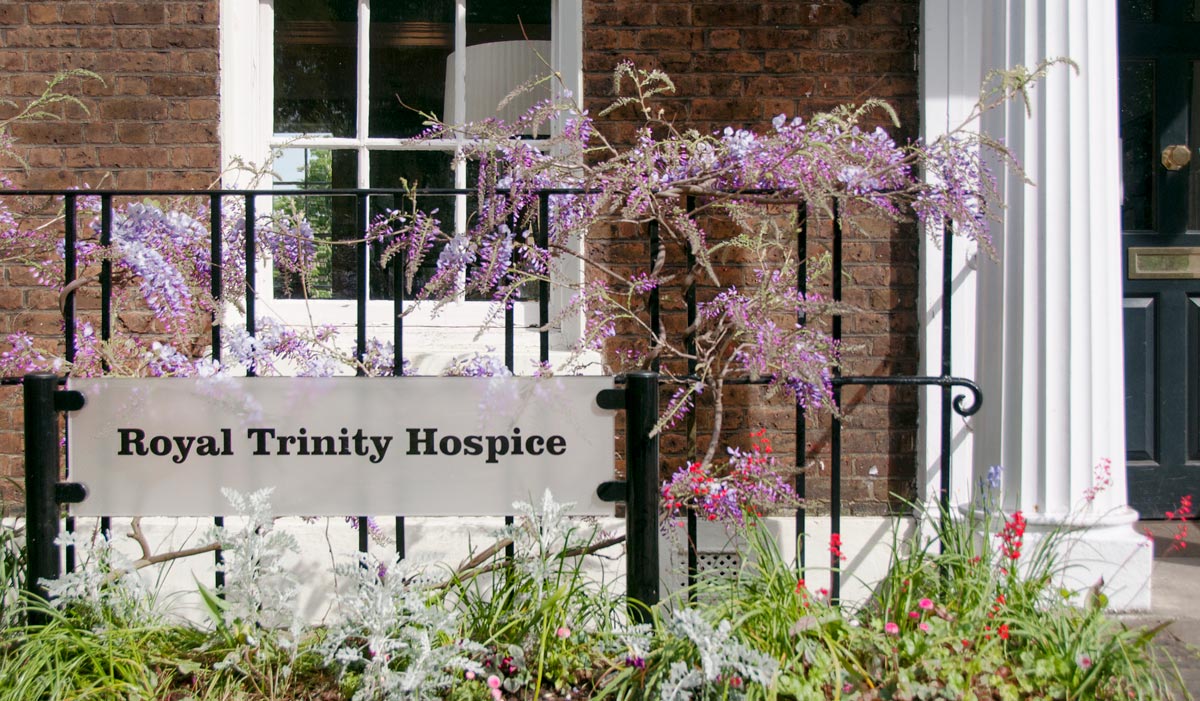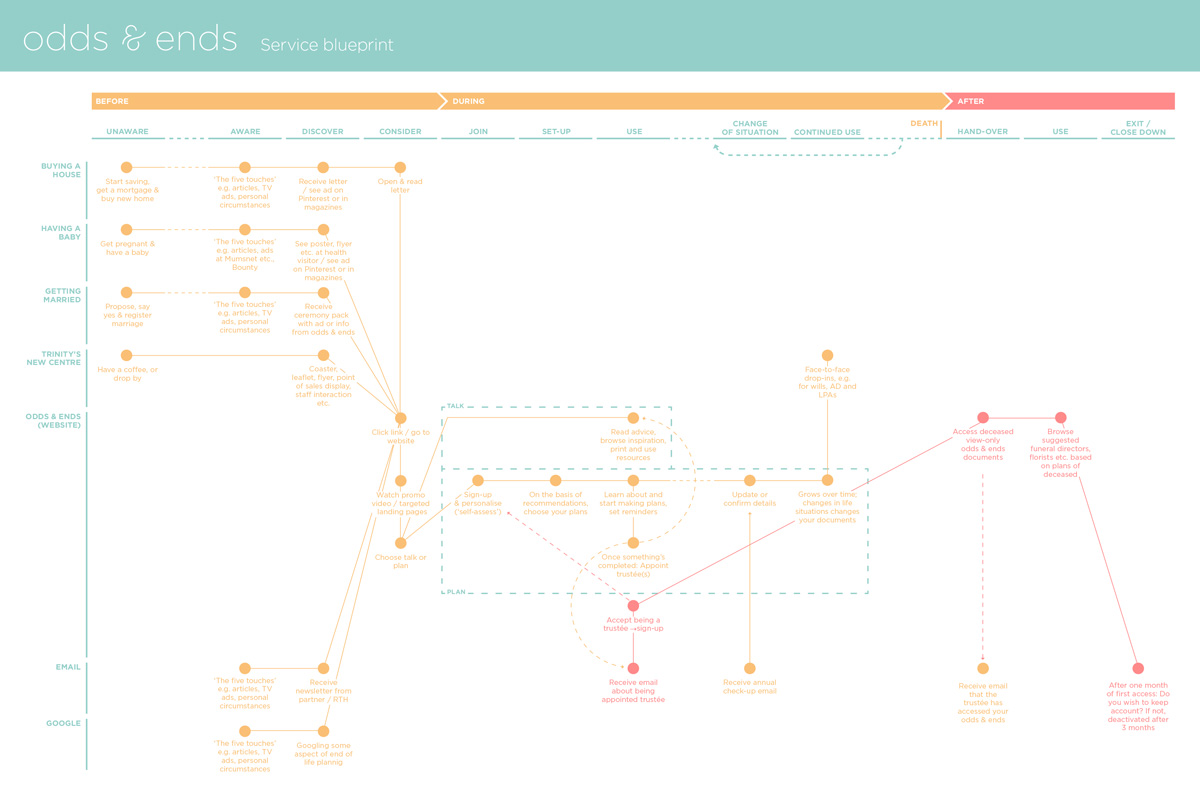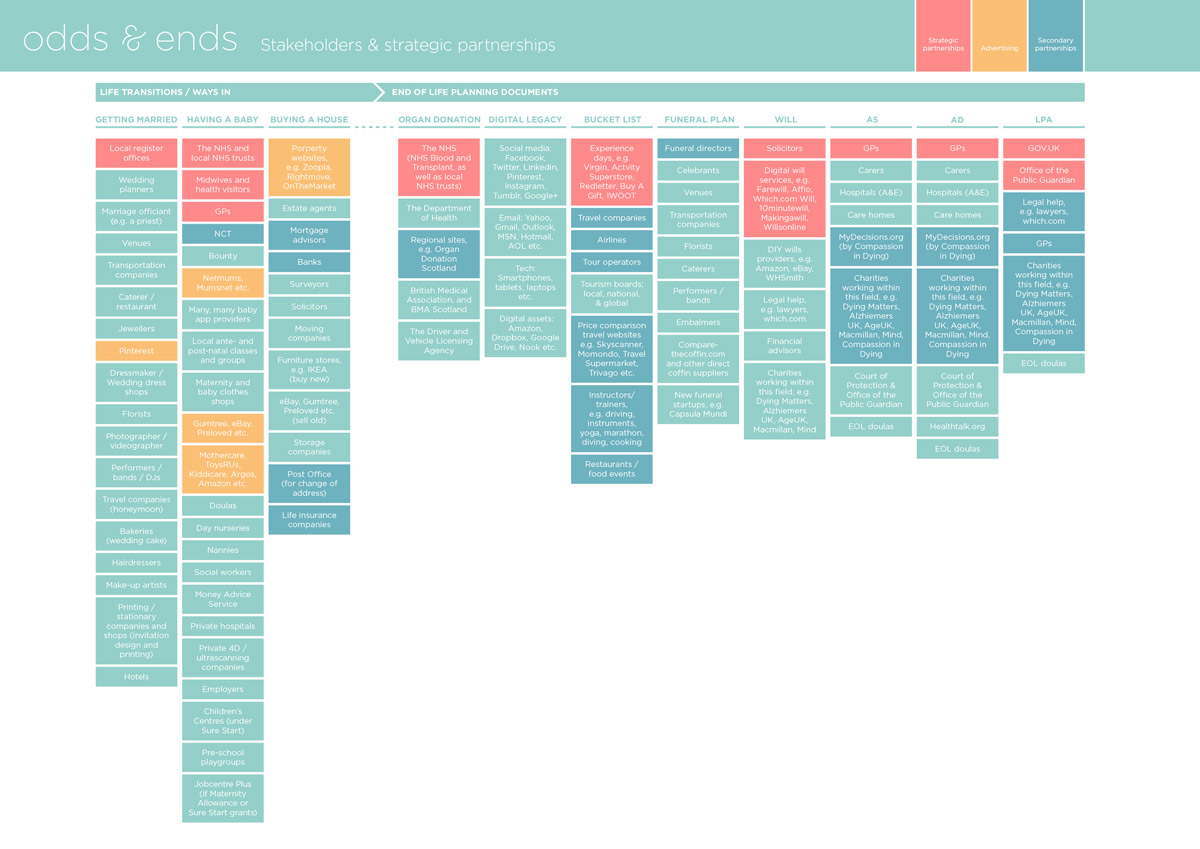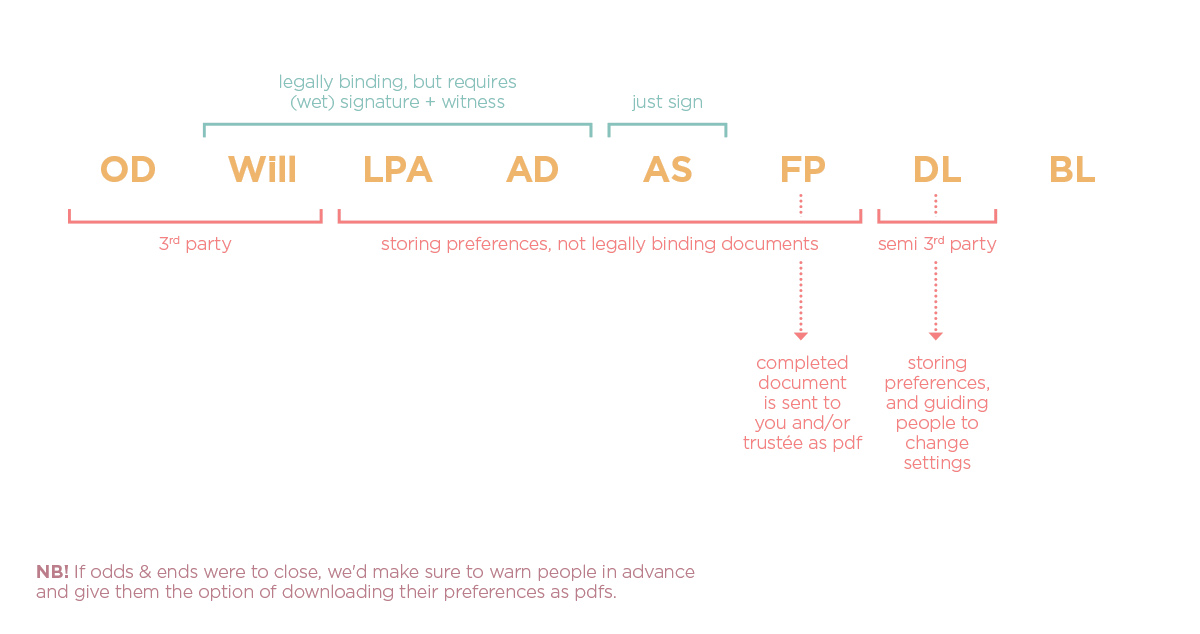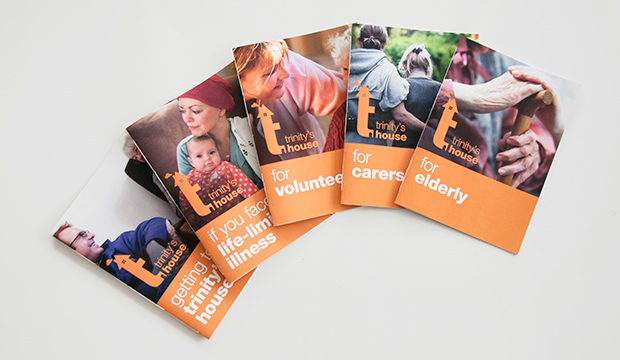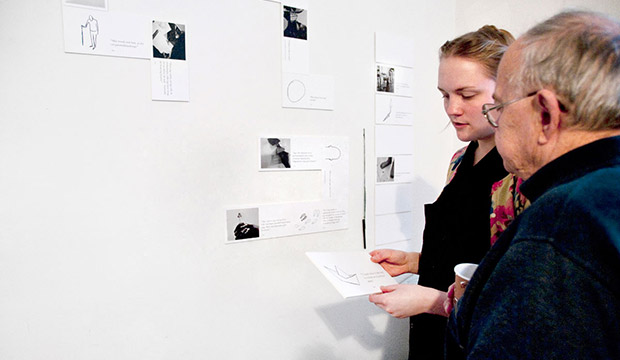The design
Odds & Ends transforms the fragmented experience of end of life planning with an online, all-in-one service that helps you plan for and talk about death and dying. It helps you to navigate, understand, and complete the different documents by explaining any medical and legal jargon used, whilst also — where possible — breaking it up into smaller chunks and simplifying the planning. Furthermore, it provides you with a curated list of advice, tools, and resources to help you overcome your barriers to having end of life conversations. Odds & Ends picks you up at key life moments and advises you as to which documents are needed and when. As your life evolves and your circumstances change, so too does your Odds & Ends.
Odds & Ends is built on a set of insights as to why most of us do not talk about and plan for death today (see the below section). While Odds & Ends is largely a digital service, we see this linking in with Trinity's upcoming centre north of the Thames, which will be a go-to place for death and dying.
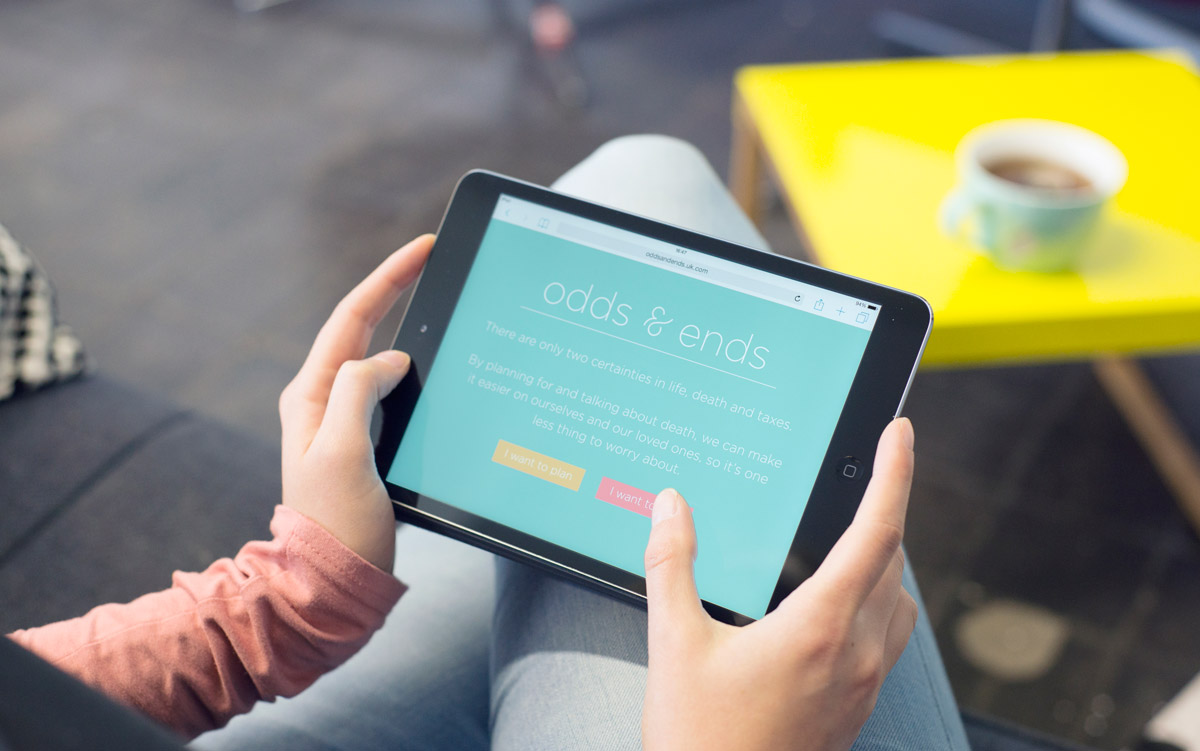
Once on the Odds & Ends website, it'll present you with two options: Talk or plan.
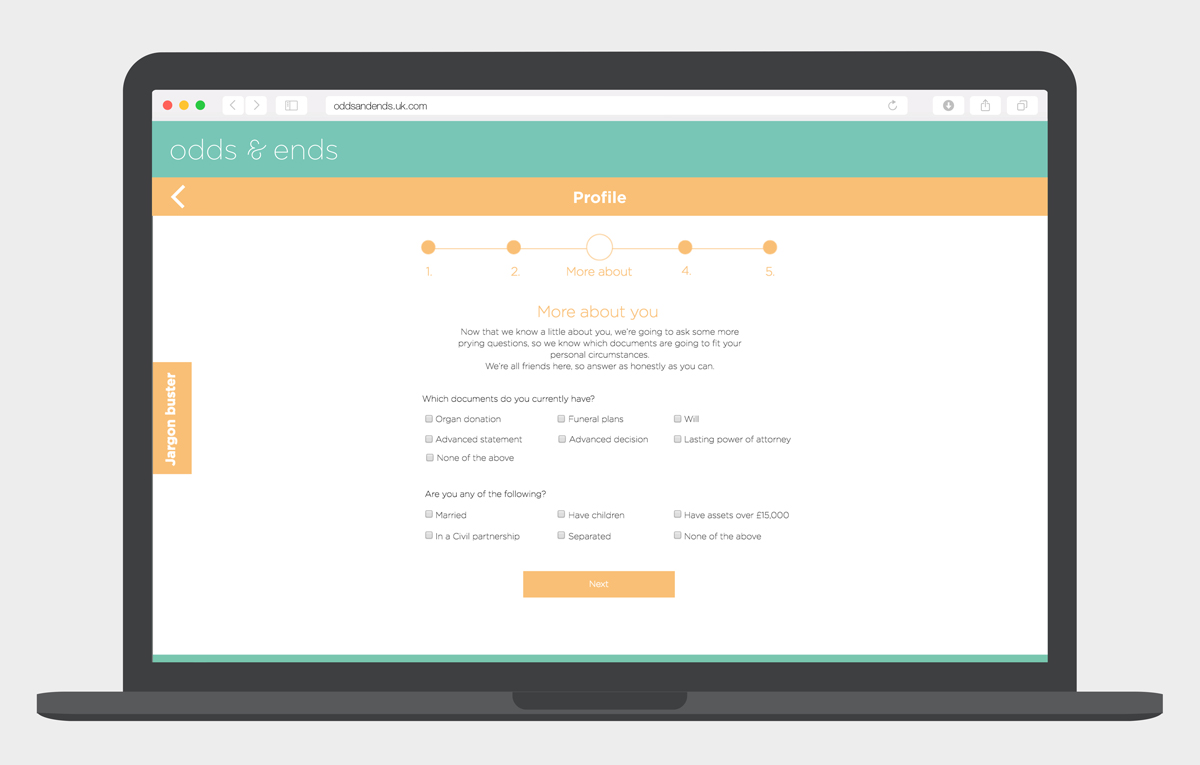
If choosing to plan, your journey begins with six sets of questions about your lifestyle and personal values, which enables the service to provide you with recommendations on which planning documents are most relevant to your circumstances. More importantly, it explains why they are relevant and advises you on how to get them done.
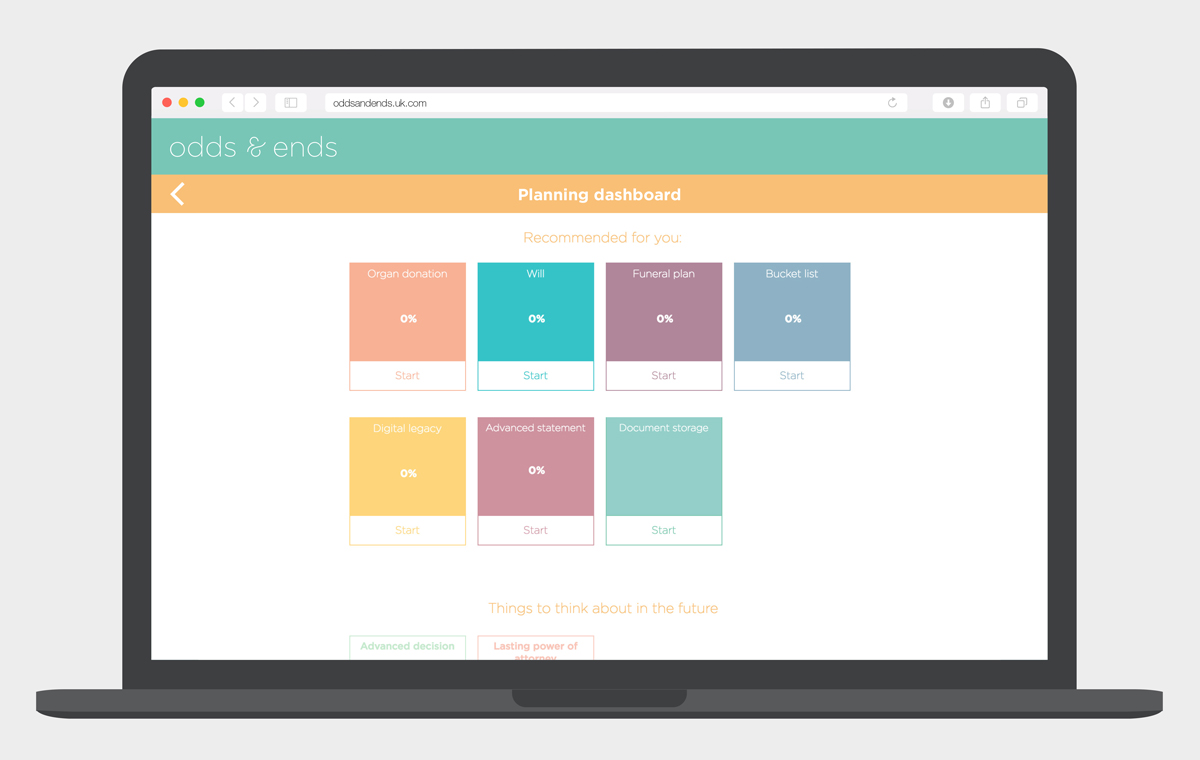
End of life planning documents include wills, advance decisions, advance statements, funeral planning, lasting power of attorney (LPA), organ donation, bucket list, and digital legacy.

If choosing to talk, you'll be presented with a list of barriers as to why people don't have these conversations (all of which we heard from people during our research phase). For each barrier, Odds & Ends gives you tailored recommendations and tools on how to overcome this, from simple reassurance to card games, inspiration and tips.
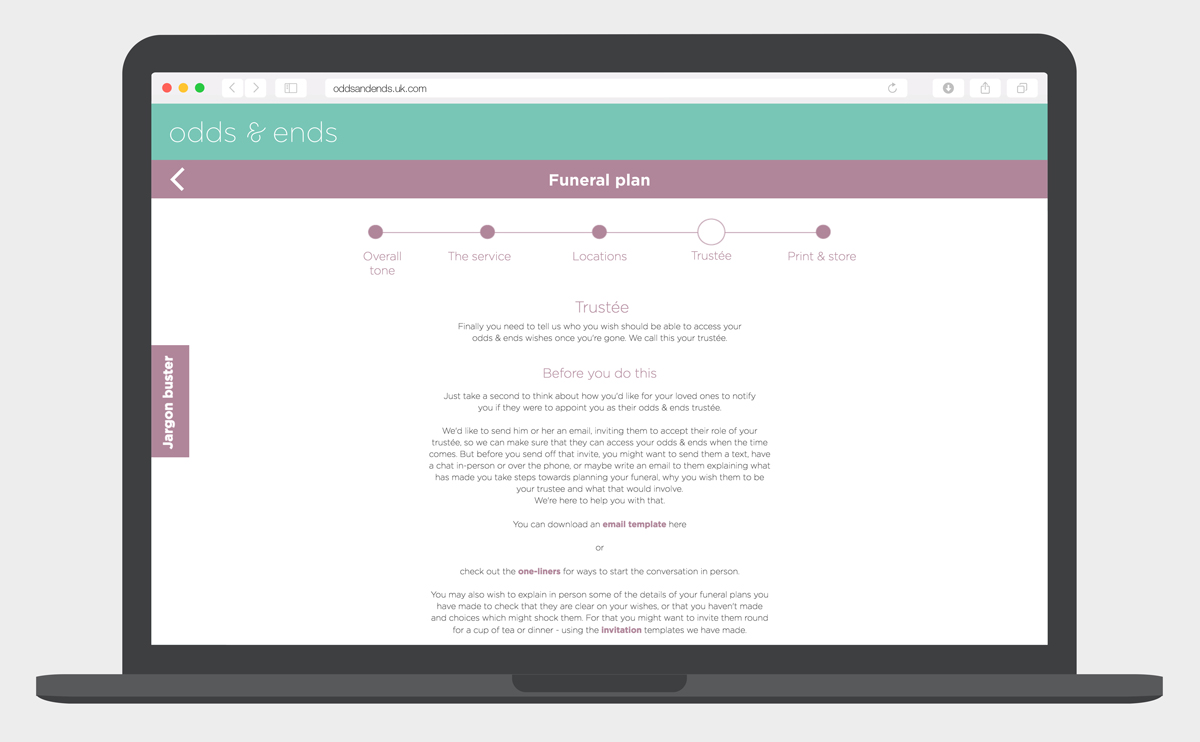
Sharing your plans with people in a safe and secure way is key as having end of life documents that no one knows about is of no use. We call this appointing a trustée. A great deal of thought went into shaping this experience. See the service blueprint in the below section for more information.
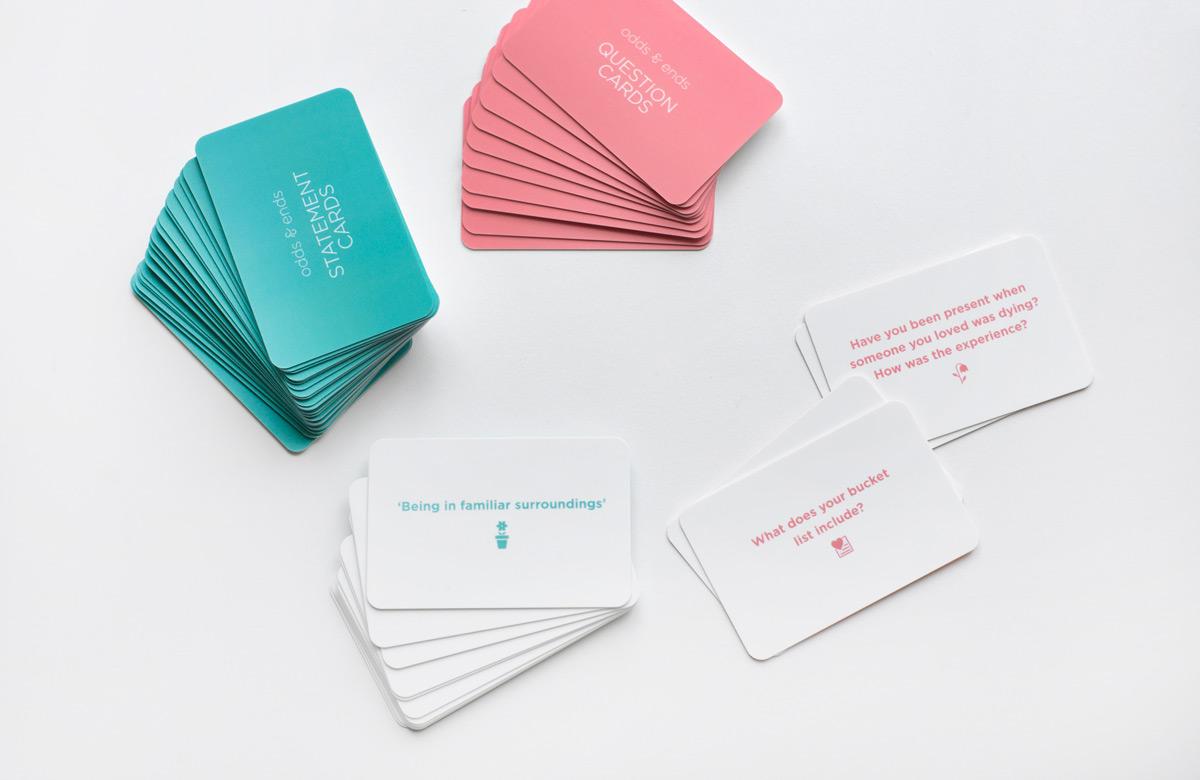
An example of a what a downloadable resource in the talk-section can be: Conversation cards. These can be used in a number of different ways.

There is no one right way to start thinking about these things. Even a fun, dark humour approach can sometimes be the best solution (think Death Cards Against Humanity).

Odds & Ends as a service that grows with you over time as your life unfolds and your situation changes. Ideally, you start planning these matters early in life when the first end of life documents become relevant to your circumstances. Download the lifecycle here.
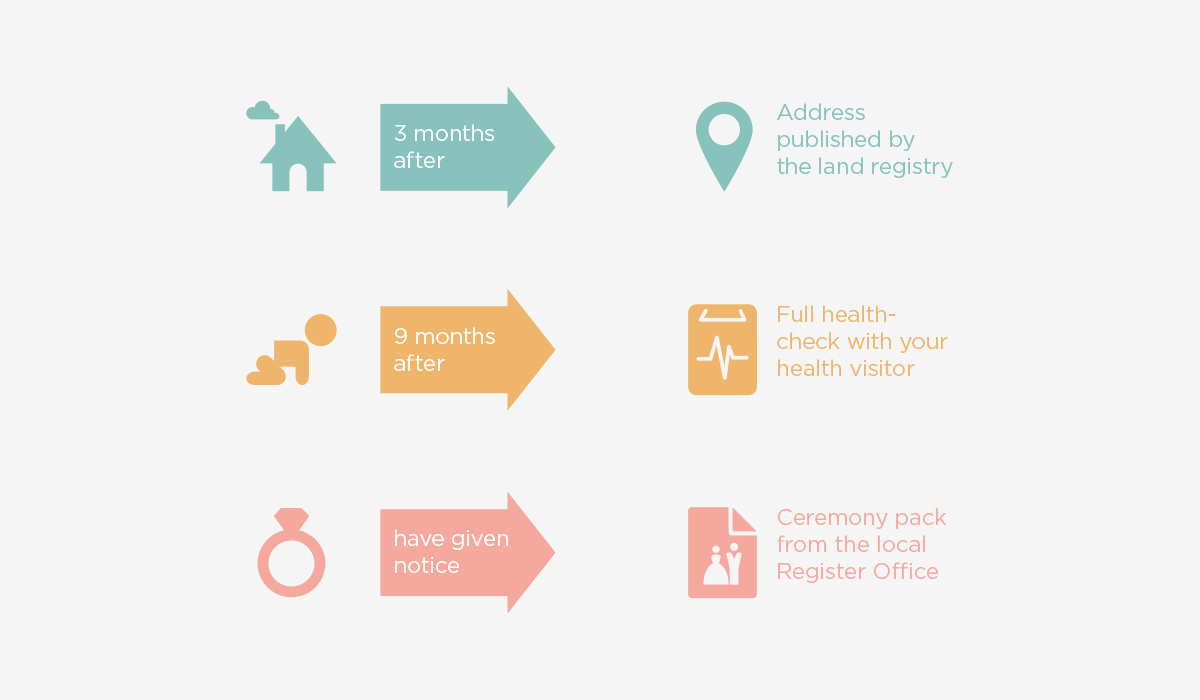
Odds & Ends picks you up after three key life transitions: Buying a home, having a baby, and getting married. It does so by setting up partnerships and by piggybacking off existing services and touchpoints that people are already engaging with.
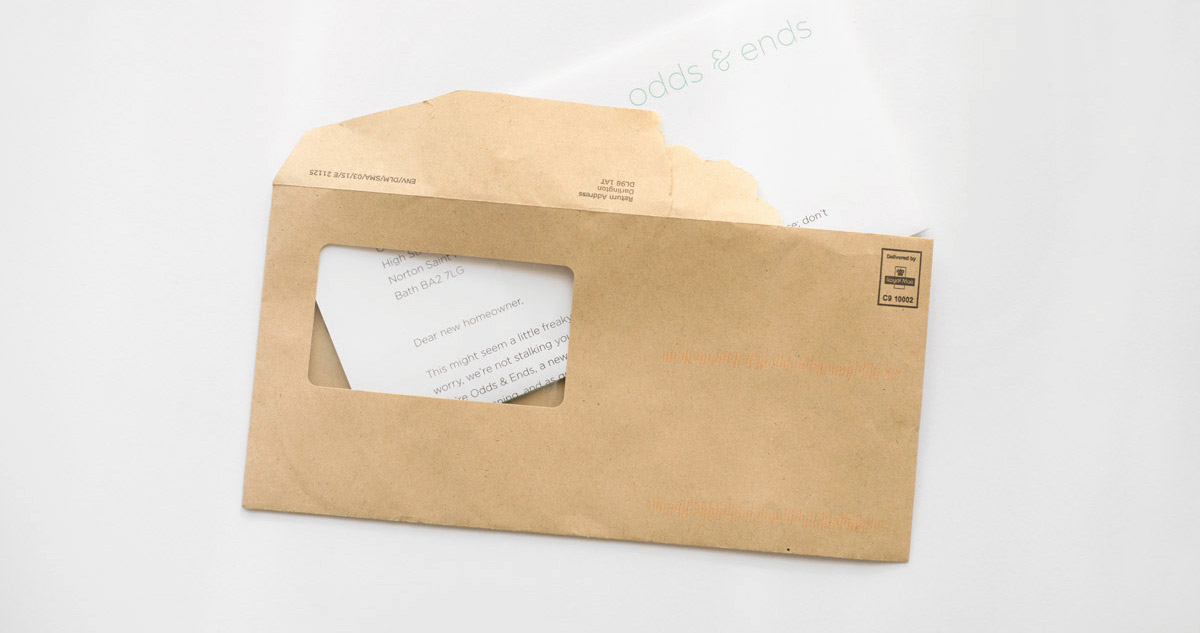
For example, after you've bought a home, you'll receive a letter inviting you to use Odds & Ends as it's now important to start drafting a will.
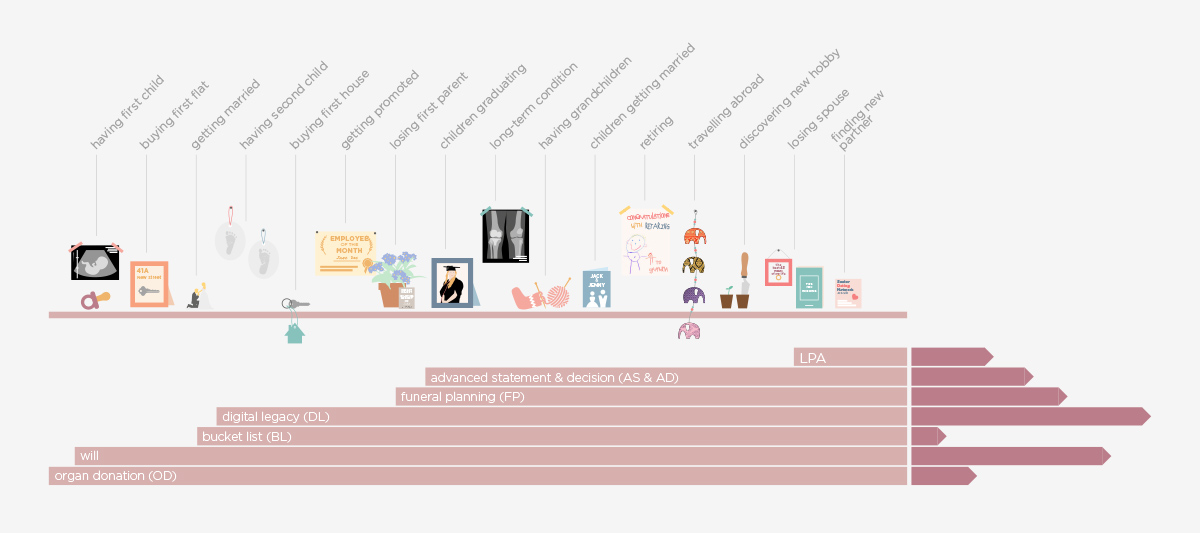
Think of your life as a collection of key events. Some events will change your circumstances, and some will make you relate to death in a different way. Odds & Ends supports you through these changes, and gradually builds up throughout your life.
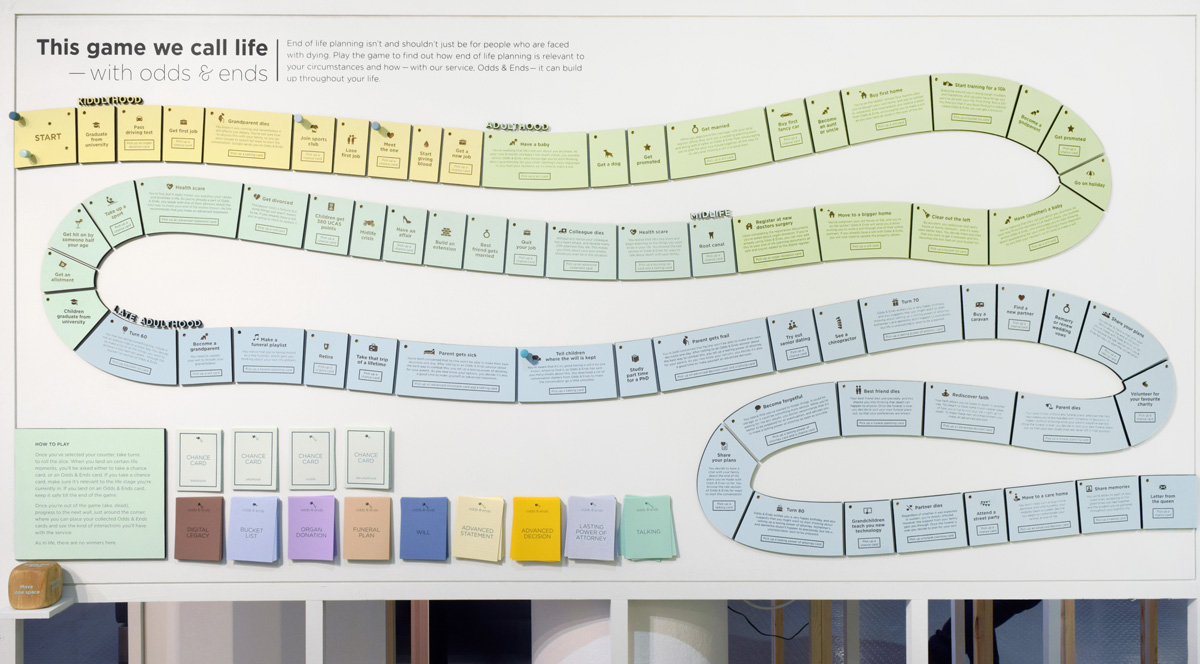
To best convey how Odds & Ends might grow with you over time, we created a 'game of life' that allowed you to go through life (by rolling the dice) and see how Odds & Ends would interact with you. This was shown at our graduation show, and later at Royal Trinity Hospice.
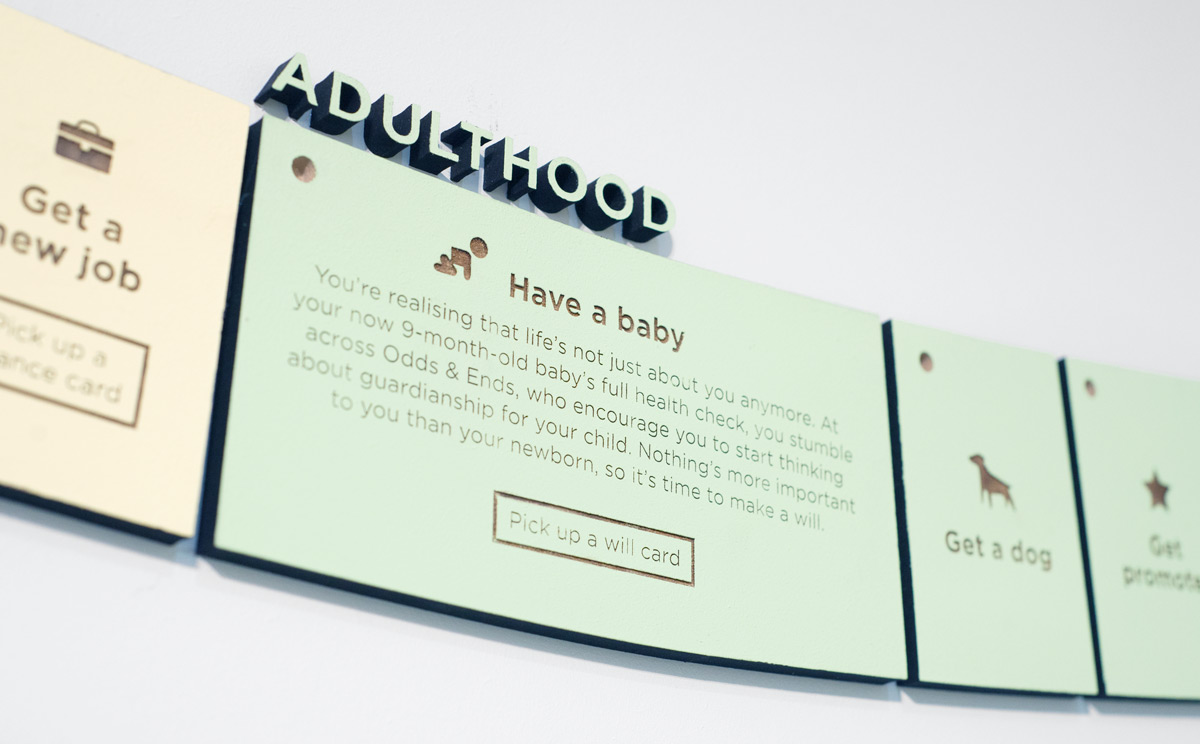
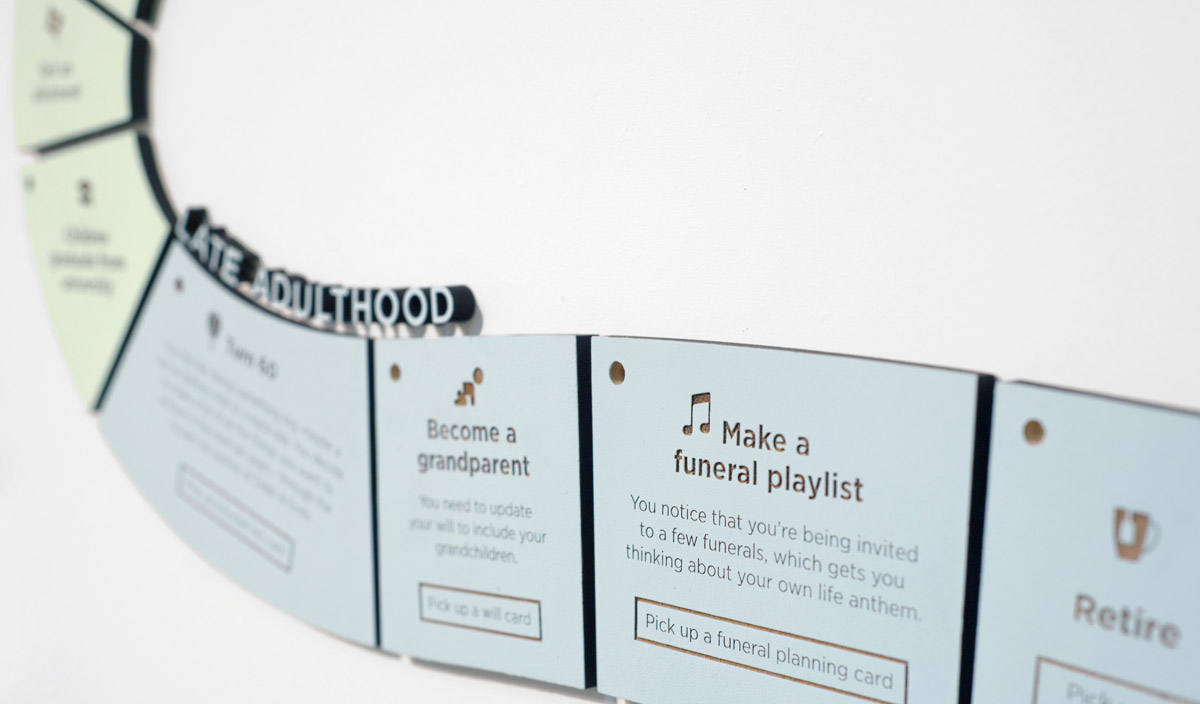
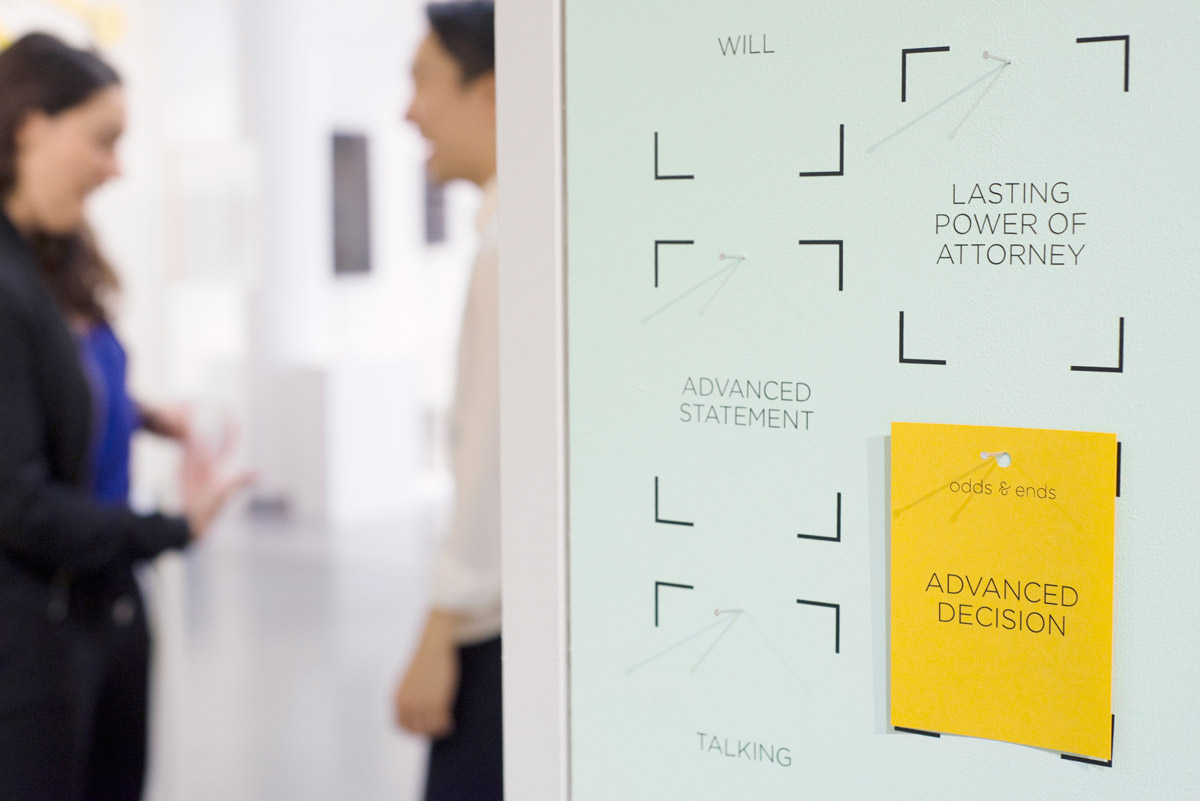

Odds & Ends was awarded a Helen Hamlyn Design Award for inclusive design.
